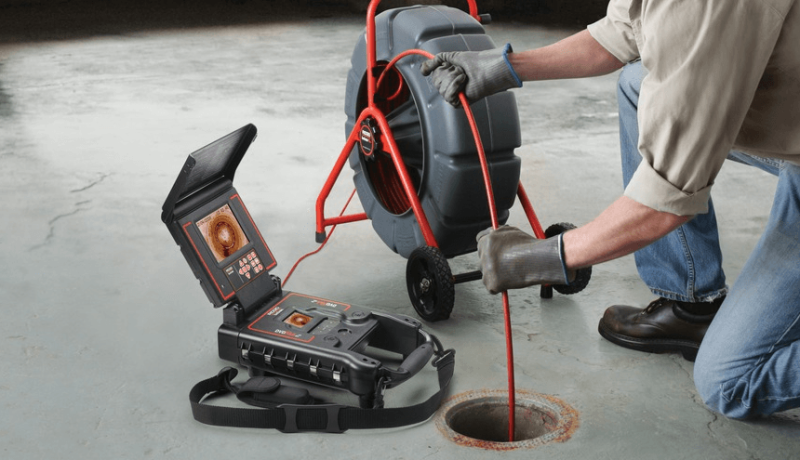How Video Pipe Inspection Technology Prevents Costly Repairs
Don't wait until it is too late.
Posted 04:53 July 04, 2025
Last Updated 04:53 July 04, 2025

Video pipe inspection technology, often paired with hydrovac trucks, has become a game-changer in maintaining underground pipelines by identifying issues early and preventing costly repairs. This advanced diagnostic tool involves inserting a high-resolution camera into pipes to visually assess their condition, detecting blockages, cracks, or corrosion without invasive digging. When combined with the precision of hydrovac trucks, which use high-pressure water and vacuum suction for non-destructive excavation, this technology enables targeted interventions that save time, money, and infrastructure. As municipalities and industries face aging pipeline systems—over 2.2 million miles of sewer and water lines in the U.S. alone—the integration of video pipe inspection with hydrovac services is critical for proactive maintenance and cost avoidance.
The primary way video pipe inspection prevents costly repairs is by enabling early detection of pipeline issues. Cameras, often mounted on flexible cables or robotic crawlers, provide real-time footage of pipe interiors, revealing problems like root intrusion, grease buildup, or structural damage. Identifying these issues before they escalate into major failures, such as sewer backups or pipe bursts, can save millions—repairing a single water main break can cost upwards of $50,000. Hydrovac trucks complement this process by safely exposing access points to insert cameras, avoiding damage to surrounding utilities. For example, a hydrovac truck can precisely daylight a sewer line, allowing technicians to deploy the camera without risking nearby gas or power lines, ensuring a safe and efficient inspection process.
Another cost-saving benefit is the precision that video pipe inspection and hydrovac trucks bring to repairs. By pinpointing the exact location and nature of a problem, such as a crack at a specific junction, technicians can plan targeted interventions rather than resorting to widespread digging. Hydrovac trucks enhance this precision by excavating only the necessary area, minimizing surface disruption and restoration costs. This focused approach contrasts with traditional methods, which often involve excavating large sections of pipe at costs of $100–$500 per linear foot. In urban areas, where utility strikes caused over 160,000 incidents in 2022, the non-destructive nature of hydrovac trucks ensures inspections and repairs avoid collateral damage, further reducing expenses.
Video pipe inspection, supported by hydrovac trucks, also prevents costly repairs by facilitating preventive maintenance programs. Regular inspections allow municipalities and facility managers to monitor pipeline health, scheduling maintenance like hydrojetting—often performed by hydrovac trucks with specialized attachments—to clear blockages before they cause overflows or collapses. For instance, a city using hydrovac trucks to clean and inspect sewer lines can avoid emergency repairs, which can cost 5–10 times more than planned maintenance. This proactive approach extends the lifespan of pipelines, some of which are over 50 years old, delaying capital-intensive replacements that can run into billions for large systems.
Finally, the environmental and regulatory benefits of combining video pipe inspection with hydrovac trucks contribute to cost savings. By identifying leaks or spills early, inspections prevent environmental contamination, avoiding fines from agencies like the U.S. Environmental Protection Agency, which can exceed $25,000 per violation. Hydrovac trucks support this by containing excavated debris and wastewater in sealed tanks, ensuring compliance with environmental standards. As infrastructure demands grow, with the hydrovac trucks market projected to reach $1.5 billion by the end of 2025, the synergy of video pipe inspection and hydrovac services offers a powerful, cost-effective solution, safeguarding pipelines, budgets, and the environment from the high costs of reactive repairs.
